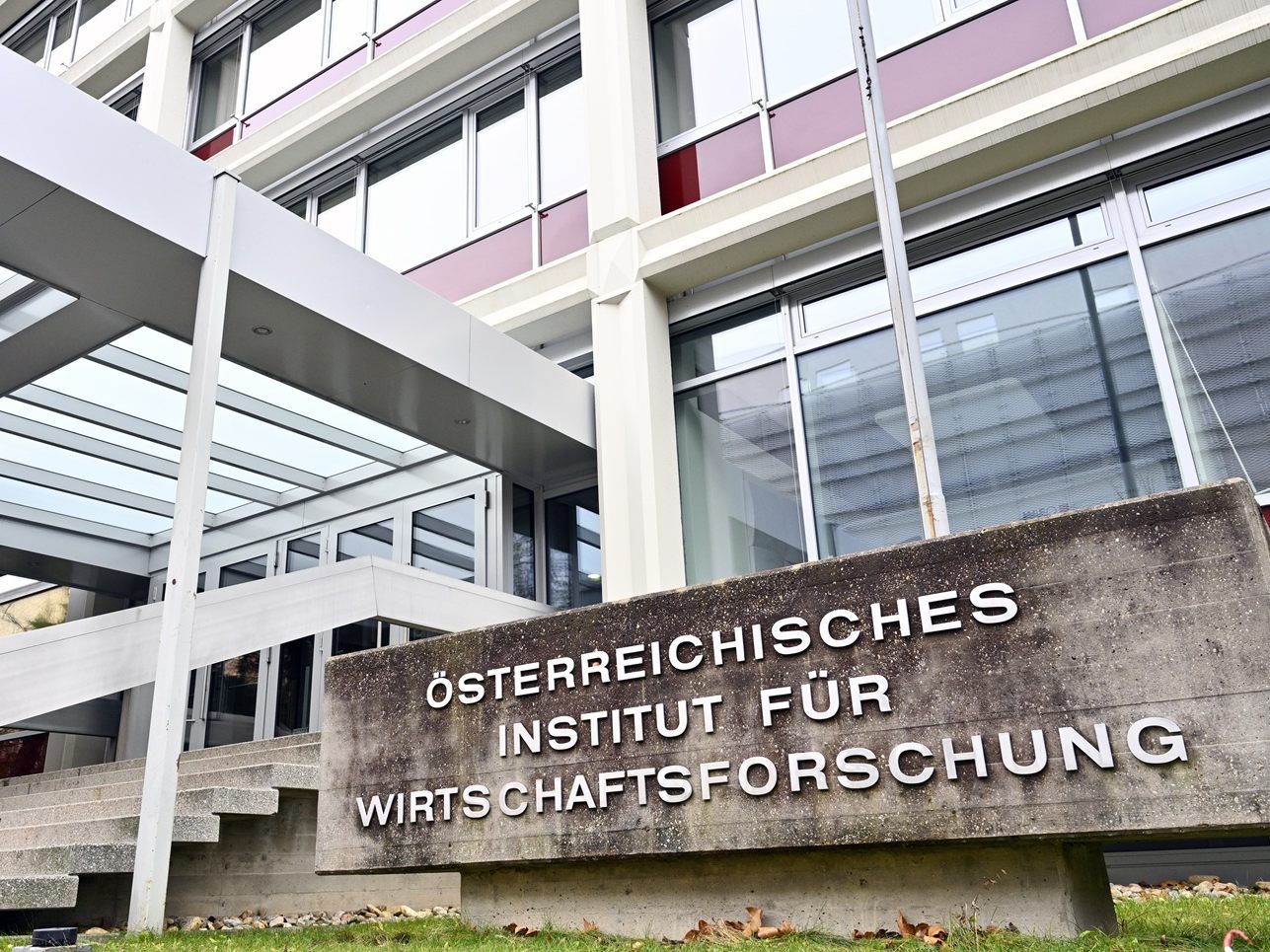Wifo/IHS do not expect a recession year this year after all

The economic researchers from Wifo and IHS have raised their economic forecast for 2025 and no longer expect a third year of recession. The Austrian economy is expected to stagnate (Wifo) or grow by 0.1 percent (IHS). At the end of March, both institutes had forecast a decline of 0.3 and 0.2 percent, respectively. The budget deficit for 2025 is expected to be significantly above the Maastricht limit of 3 percent of GDP, at 4.1 percent and 4.4 percent, despite the austerity package.
Forecast tightened
The forecast for the deficit has been tightened compared to the value from March, where 3.3 and 3.2 percent were expected. This also applies to 2026, where the economic researchers now expect a budget deficit of 3.9 and 4.1 percent of the gross domestic product (GDP). The IHS assumes "strict budget discipline" in its forecast - meaning that the austerity package's guidelines will be implemented. Wifo expects the national debt ratio to rise to 85 percent by 2026.
In the coming year, the economy is expected to grow somewhat stronger. Wifo anticipates a slightly more dynamic recovery to 1.2 percent. IHS expects an annual growth rate of one percent in 2026. This means Austria will clearly lag behind the expected development in the Eurozone. IHS researchers forecast real growth of 1.0 (2025) and then 1.5 percent (2026) for the 20 Euro countries. Wifo's estimate here is 1.0 percent, followed by 1.1 percent.
Average inflation rate of 2.9 percent expected
According to the forecasts, the inflation rate is expected to remain relatively high this year. Both Wifo and IHS expect an average inflation rate in Austria of 2.9 percent. In the following year, the development of consumer prices is expected to decline slightly, with estimated inflation rates of 2.2 (Wifo) and 1.9 percent (IHS). Both expect the unemployment rate to rise to 7.5 percent this year, followed by a decline to 7.3 percent in 2026.
"Prone to Setbacks"
The signs of recovery are increasing, writes the Wifo in its release, "although this remains initially tentative and prone to setbacks." The IHS also warns, in light of the better growth forecast, of "severe downside risks." These primarily stem from the "erratic tariff policy" of the USA, as well as geopolitical tensions in the Middle East and the war in Ukraine.
Exports Have a Dampening Effect
This year, exports still have a dampening effect, which according to Wifo and IHS, will fall by 0.5 percent compared to the previous year. However, in the following year, they are expected to rise again by 1.3 and 1.8 percent, respectively. Gross fixed capital formation is also expected to decline once more this year (by 0.7 or 0.5 percent in real terms), but contribute to economic growth again by 2026 (+1.4/+0.8 percent). Private consumption expenditures are expected to increase by 0.4 and 0.7 percent already in 2025.
The international comparison is also interesting. For the most important trading partner, Germany, economic researchers expect growth of 0.3 percent this year. The USA is expected to increase its economic output by 1.4 and 1.7 percent, while China's GDP is expected to grow by 4.2 or 4.5 percent.
(APA/Red)
This article has been automatically translated, read the original article here.





